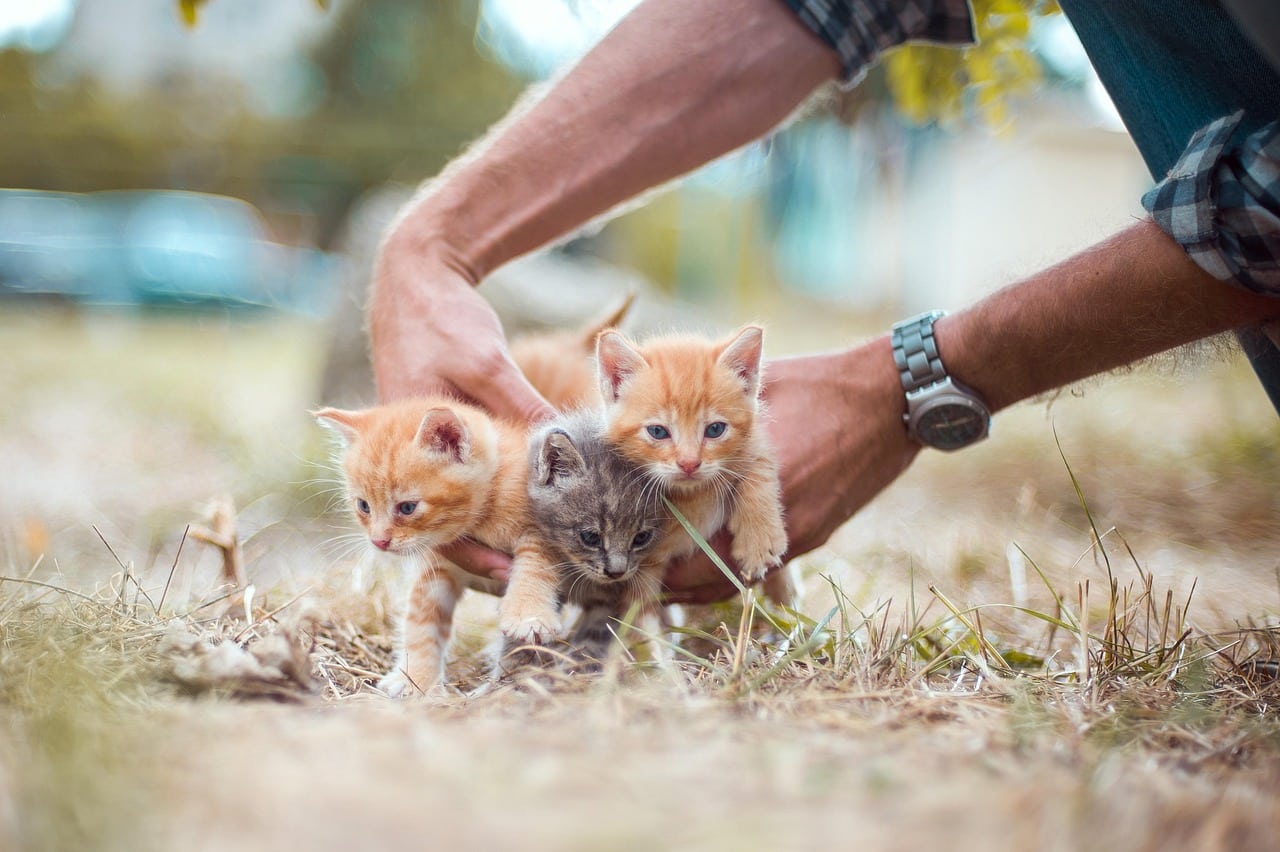What Are the Best Practices for Introducing Your Pet to Elderly Family Members?

Introducing your pet to older family members can be a joyful occasion, but it can also raise concerns. Pets, whether they are dogs, cats, or other animals, can be energizing companions for seniors. They bring delight, engagement, and a sense of purpose. Yet, pets can also be a source of stress or even danger if not appropriately introduced and managed. This guide will help you introduce your pet to senior family members, ensuring a safe and positive experience for all.
Preparing Your Pet for The Introduction
Before introducing your pet to your senior family members, you must prepare your pet for the encounter. This involves training your animal to behave appropriately around seniors and making sure they are comfortable and calm in new environments.
A lire également : How to Detect and Treat Anxiety Disorders in Pet Birds?
Whether your pet is a cat, dog, or any other animal, you need to ensure they have basic obedience skills. You don’t want your excited puppy jumping on your frail grandmother or your cat scratching your aged uncle. Engaging in regular training sessions with your pet will help them understand and follow commands such as "sit", "stay", and "no".
Try to mimic the conditions of the meeting with your senior family member. If you know that your elderly relative uses a walker or a wheelchair, accustom your pet to these devices. Gauge your pet’s reaction to ensure they won’t be scared or aggressive when they encounter these items at the time of introduction.
Avez-vous vu cela : How to Safely Use Pet Monitoring Cameras to Keep an Eye on Your Pet?
Choosing the Right Environment for the Introduction
Choosing a suitable environment for the introduction between your pet and your elderly relative is critical. It should be a space where both the pet and the senior family member will feel comfortable and secure.
If your older relative is steady on their feet and comfortable with animals, you could consider an outdoor location. A park or a garden is a good option since it provides plenty of space for the pet to move around. On the other hand, if your senior family member has mobility issues or is nervous around animals, an indoor setting might be more appropriate.
Regardless of the location, it’s always a good idea to keep your pet on a leash during the first meeting. This gives you control over your pet’s movements and keeps the situation safe for everyone involved.
Introducing the Pet Gradually
A gradual introduction is the best approach when introducing your pet to your older family members. It allows both parties to become accustomed to each other in a calm and controlled manner.
Initially, keep your pet at a safe distance from your senior family member. Allow the elderly individual to observe the pet and vice versa. Gradually decrease the distance between them, while closely monitoring their reactions.
Avoid forcing interaction between your pet and the older person. Encourage your pet to approach the senior family member, but don’t push them if they seem reluctant. Similarly, allow the elderly person to pet the animal if they wish, but don’t insist if they seem uncomfortable.
Maintaining Safety and Comfort
Maintaining the safety and comfort of both your pet and your elderly family member is paramount. Remember that while your pet might be a cherished part of your family, they might be a source of stress for someone unused to or scared of animals.
Regularly reassess the situation and the comfort level of both parties. If either your pet or the senior family member seems anxious or uncomfortable, consider ending the meeting and trying again another time.
Walk your dog before the meeting to help them burn off excess energy. If you’re introducing a cat, make sure they have a safe place to retreat to if they feel overwhelmed. And whatever type of pet you have, ensure they are well-fed before the meeting so they aren’t cranky or overly focused on food.
Encouraging Positive Interactions
Once your pet and the elderly individual have met and are comfortable with each other, you can start encouraging more positive interactions. This might involve having the senior family member feed your pet a treat, or perhaps they could play a gentle game together.
Remember that interactions should always be supervised, particularly in the early stages. Monitor your pet’s behavior closely and intervene if necessary.
Positive experiences will help foster a strong bond between your pet and your senior family member. Furthermore, these interactions can be a valuable source of joy and companionship for your elderly relative, while also providing mental stimulation for your pet.
Introducing your pet to an elderly family member doesn’t have to be a stressful event. With adequate preparation, a suitable environment, and patience, you can ensure a safe and enjoyable meeting. Always prioritize the comfort and safety of both parties, and remember that positive experiences will help build a strong, loving relationship.
Monitoring Body Language and Non-Verbal Communication
As the mediator, it is pivotal to closely observe the body language of both your pet and senior family member during the introduction. Non-verbal cues can provide valuable insight into how they are feeling and whether they are comfortable or anxious.
With dogs, for instance, look for signs such as wagging tails and relaxed ears which indicate that they are at ease. If your dog is tense, daily training exercises can help alleviate their anxiety. If you’re introducing your older dog to a senior family member, you’ll want to pay extra attention as older dogs may have impaired hearing or vision, and might not react as expected.
When introducing a dog and a cat, remember that these animals express themselves differently. For instance, while a wagging tail is a positive sign in dogs, it may be a sign of irritation or fear in cats. You’ll need to be familiar with your pet’s usual behavior and any changes in it.
In terms of your senior family member, they may also display non-verbal signs of nervousness or excitement. Rapid breathing, trembling, or even avoidance of eye contact might suggest that they are not comfortable. Reassure them and remember that there is no rush. It may take time for your senior family member to feel comfortable around your pet, and that’s okay.
Patience is key in these early stages. Rushing the process may lead to negative experiences, which could make future interactions more difficult.
Creating a Bonding Routine
Creating a bonding routine between your pet and your senior family member can help strengthen their relationship. This can be particularly beneficial for a companion animal and an older person, as it provides structure and aids in adjusting to each others’ presence.
The routine could involve the senior person feeding your dog or cat at a certain time each day, taking the dog for a light walk, or even just sitting quietly with your cat on their lap. You could also encourage your senior family member to engage with your pet using their favorite toys.
If your older relative is comfortable with dogs, you could encourage them to join you in training sessions. This would allow them to participate in teaching commands like "sit," "stay," and "no". This can be especially helpful if you’re introducing a puppy to your senior family member, as it can help establish respect and understanding between them from the beginning.
Always remember to supervise these sessions, especially in the beginning, until you’re confident that your pet and senior family member are comfortable with each other. Continue to observe their body language during these interactions and intervene if necessary.
Conclusion
Introducing your beloved pet to a senior family member can indeed be a delightful and rewarding experience, provided it’s done in a thought-out and considerate manner. You’ve now learned how crucial it is to prepare your pet for the introduction, to choose a comfortable environment for the meeting, to introduce gradually, and to always prioritize safety and comfort. You’ve understood the importance of observing body language and creating a bonding routine to foster a strong relationship between them.
Remember, every pet and every senior family member is unique, and there’s no one-size-fits-all approach. Your patience, understanding, and love will guide you in making the best decisions for both your pet and your older family member. And always remember, a well-introduced and well-managed pet can be a wonderful companion for a senior family member, bringing them joy, engagement, and a renewed sense of purpose.
